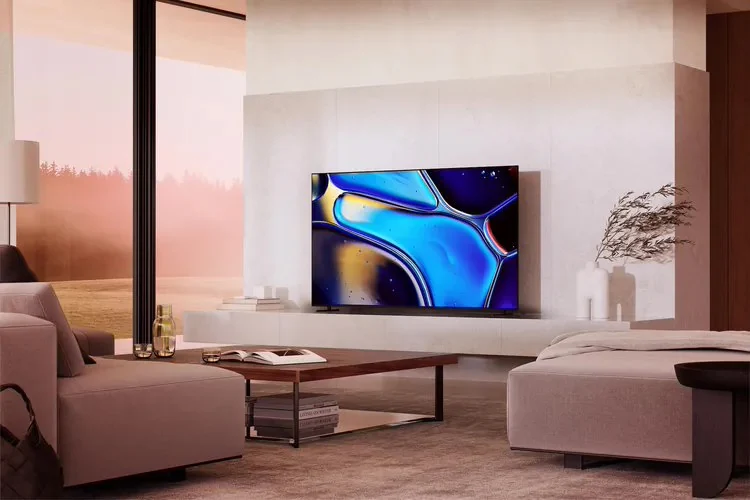Sony has introduced its 2024 television lineup, featuring a renewed focus on mini-LED technology alongside OLED and traditional LED options. Here’s a breakdown of the new Bravia models:
The Bravia 3 is the cheapest option in the lineup, starting at $599
The Bravia 9 takes the crown as Sony’s new mini-LED flagship. This TV boasts a significant leap forward in brightness (50% improvement over the previous X95L) thanks to a new 22-bit mini-LED backlight unit with 325% more partitions. Sony claims this new backlight delivers both exceptional brightness and “OLED-level black” for outstanding contrast. The Bravia 9 is available in 65-inch, 75-inch, and 85-inch sizes, ranging from $3,299 to $5,499 USD.
The Bravia 9 supports Dolby Vision, features studio calibration modes from Netflix, Sony Pictures, and Prime Video (automatically optimizing picture settings for Prime Video content), and incorporates a light sensor for automatic brightness adjustments. Gamers will appreciate the inclusion of 4K 120Hz refresh rate, VRR (variable refresh rate), and ALLM (auto low latency mode), along with features inherited from the 2023 models like the game menu and “auto-tone” for PS5 compatibility. However, the Bravia 9 only offers two HDMI 2.1 ports.

For sound, the Bravia 9 utilizes a 2.2.2 speaker system with Acoustic Multi Audio+ technology, including new beam tweeters for enhanced sound directivity and spaciousness. Additional audio features include Voice Zoom 3 for dialogue clarity, Acoustic Center Sync for integrating the TV as a center speaker with compatible Sony soundbars, Dolby Atmos support, and IMAX Enhanced certification.
The Bravia 8 occupies the mid-range niche and comes in 55-inch, 65-inch, and 77-inch sizes, priced from $1,999 to $3,899 USD. This OLED TV utilizes a W-OLED panel (not QD-OLED) that is thinner and narrower than the previous A80L model. The Bravia 8 offers a 10% brightness increase compared to the A80L, putting it on par with the new LG C4 OLED TV. It shares many features with the Bravia 9, including image calibration modes, Dolby Vision and Atmos support, two HDMI 2.1 ports, 4K 120Hz refresh rate, VRR, and gaming features.

The Bravia 7 serves as the entry point for Sony’s mini-LED offerings. Considered the successor to the X90L, the Bravia 7 boasts a significant brightness improvement (790% brighter than the X90L) and comes in various sizes from 55 inches to 85 inches, ranging from $1,899 to $3,499 USD. The Bravia 7 adopts a similar design to the Bravia 9, featuring a four-way stand, Dolby Vision and Atmos/DTS:X support, Prime Video calibration mode, Voice Zoom 3, gaming features (4K 120Hz, VRR, ALLM, game menu), and more. While it shares many features with the Bravia 9, the Bravia 7 offers a lower peak brightness and fewer backlight partitions.
The Bravia 3 caters to budget-conscious consumers seeking a basic television. This direct-LED TV comes in a wide range of sizes (43 inches to 85 inches), priced from $599 to $1,799 USD. Despite its entry-level positioning, the Bravia 3 supports Dolby Vision and Atmos and includes the image calibration modes found on higher-end models, including the new Prime Video mode. For gaming, the Bravia 3 offers a 60Hz refresh rate and lacks VRR support, but it still includes features like the game menu and ALLM to enhance the PS5 experience.
RELATED:
- Sony PS5 Pro Leak: Next-Gen console with improved Ray Tracing & GPU performance
- Sony drops the bass with new ULT speakers to elevate your party experience
- REDMAGIC Magnetic VC Cooler 5 Pro now available at a discounted price at GeekWills
- Get $100 OFF on Xiaomi 14 Pro at Giztop (1TB Variant)
- HyperOS vs MIUI: 10 Things You Must Know
(Via)






